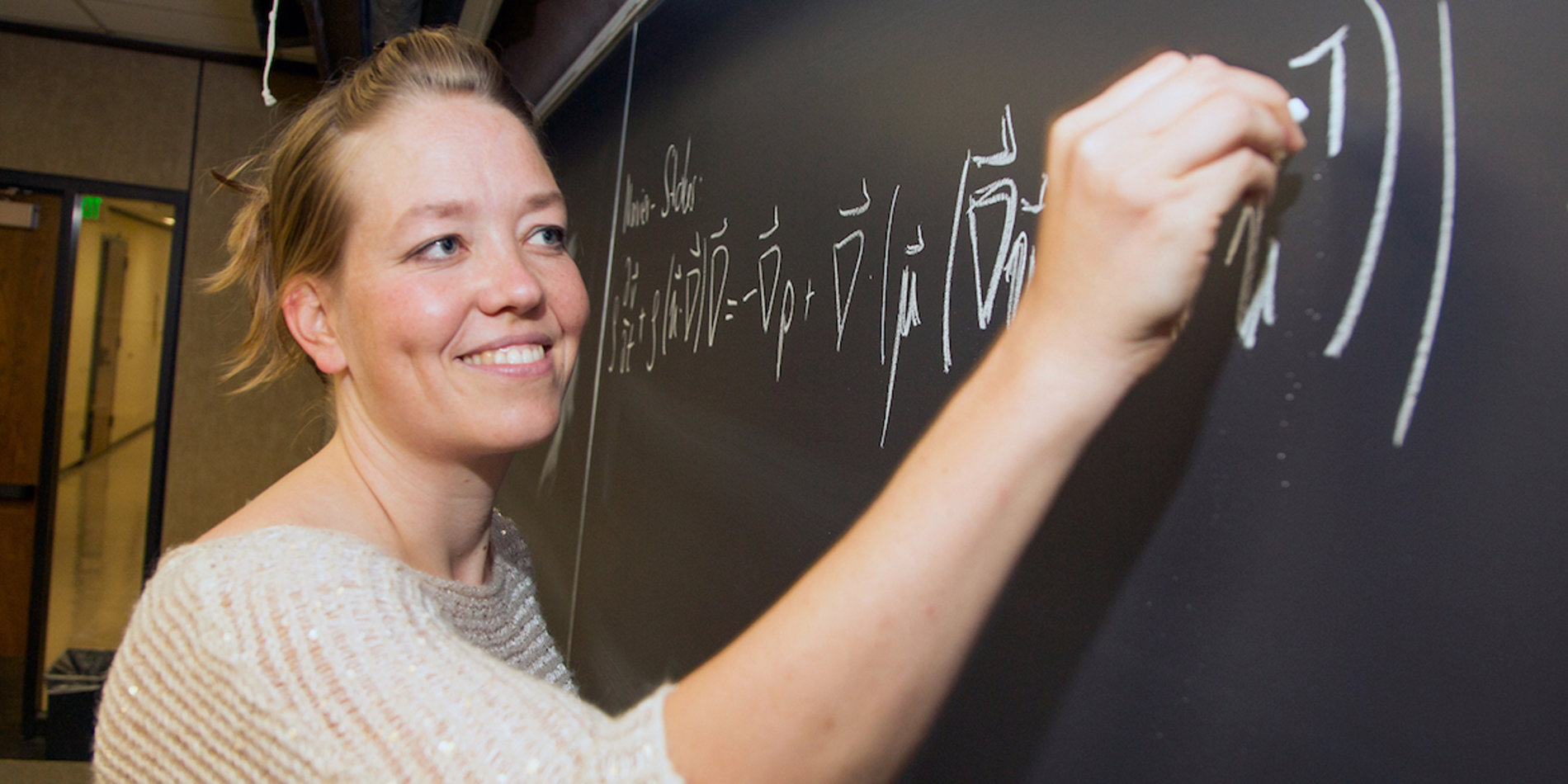Teaching
“Outsiders see mathematics as a cold, formal, logical, mechanical, monolithic process of sheer intellection; we argue that insofar as it is successful, mathematics is a social, informal, intuitive, organic, human process, a community project.” ~ DeMillo, Lipton and Perlis.

Shaping the Future of the Bay Area
The complex urban problems affecting quality of life in the Bay Area, from housing affordability and transportation congestion to economic vitality and social justice, are already perceived by many to be intractable, and will likely be exacerbated by climate change and other emerging environmental and technological forces. This course sequence is designed to immerse students in the process of changing urban systems to improve the equity, resilience, and sustainability of communities by blending service learning and scientific co-production through the Stanford Future Bay Initiative.



